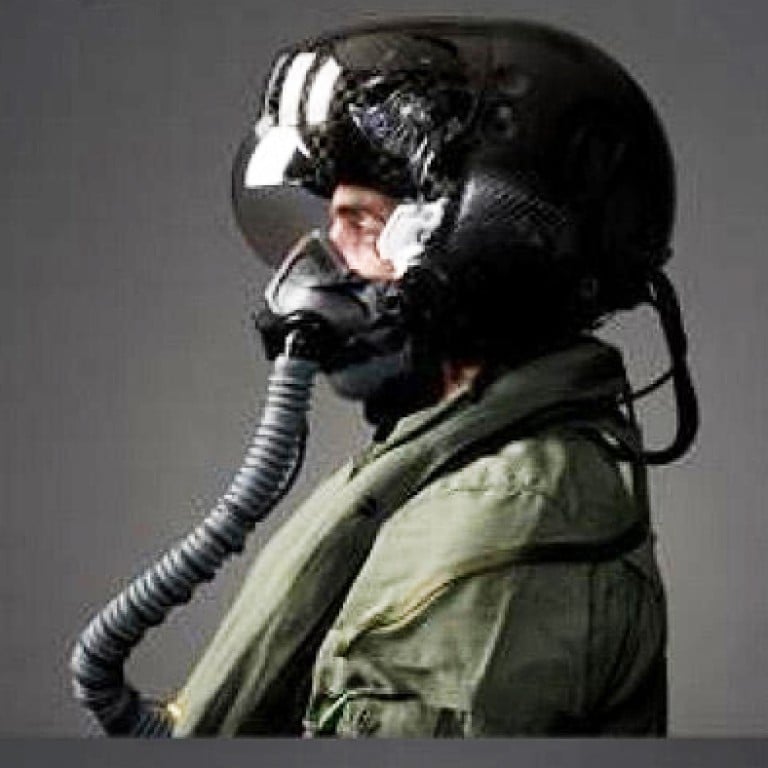
Space-age helmet for fighter jet pilots costs US$400,000 and links visor to cameras embedded in plane's skin
New technology links visor to six cameras embedded in skin of the plane
The F-35 Lightning II is one of the most complicated weapons systems ever developed, a sleek and stealthy US fighter jet years in the making that is often called a flying computer because of its more than 8 million lines of code.
The Joint Strike Fighter comes in three versions, including one that is designed to take off and land on an aircraft carrier and another that lands vertically, as if it were a helicopter.
But to truly understand the most expensive weapons programme in the history of the Pentagon, forget the plane for a minute. Consider the pilot's helmet, which costs US$400,000 apiece.
It's designed to protect the pilot's head, of course. But compared to everything the helmet does, protection becomes something of an afterthought.
The helmet sees through the plane. Or rather it helps the pilot see through the plane. When the pilots look down, they don't see the floor of the plane; they see the world below them. If the pilots look back, they see the sky behind them.
Embedded in the skin of the aircraft are six cameras, and when the pilots move their heads to look in a particular direction, they are actually seeing through the corresponding camera, which sends an image to projectors inside the helmet that beam an image of the outside world on the helmet's visor.
Which makes the visor a screen that posts information the way some cars are now posting fuel and gas mileage on the windshield in what's called a "heads-up display".
"When the helmet's tuned correctly to the pilot's eyes, you almost step into this other world where all this information comes in," said Al Norman, an F-35 test pilot for Lockheed Martin, the prime contractor.
"You can look through the jet's eyeballs to see the world as the jet sees the world."
Like the plane, the helmet is enormously expensive. Each is custom-made. And like the plane, which is years behind schedule and millions over its original budget, the helmet has encountered problems.
Earlier versions were jittery when the plane hit turbulence. There was a latency in the video, which caused pilots motion sickness. The night vision technology didn't work as well as it should have. There was a "green glow" that obscured the pilots' view. Things got so bad that in 2011 the Pentagon hired BAE Systems to build a back-up helmet in case the one in development couldn't be rescued.
Two years later, it decided to go with the original one being built by Rockwell Collins, saying that the competition helped get the programme back on track and solve the problems. The programme's executive officer, Air Force Lt Gen Chris Bogdan, recently told reporters that the helmet, once a concern, was no longer "on my top 10 worry list".
Pilots have recently started flying tests with a third iteration of the helmet, which has a new night vision camera and software improvements. But there have also been problems with the software that gathers information and then shares it among the F-35s flying together in formation, Bogdan said. If one or two jets are flying together, they have been able to share information seamlessly, he said.
